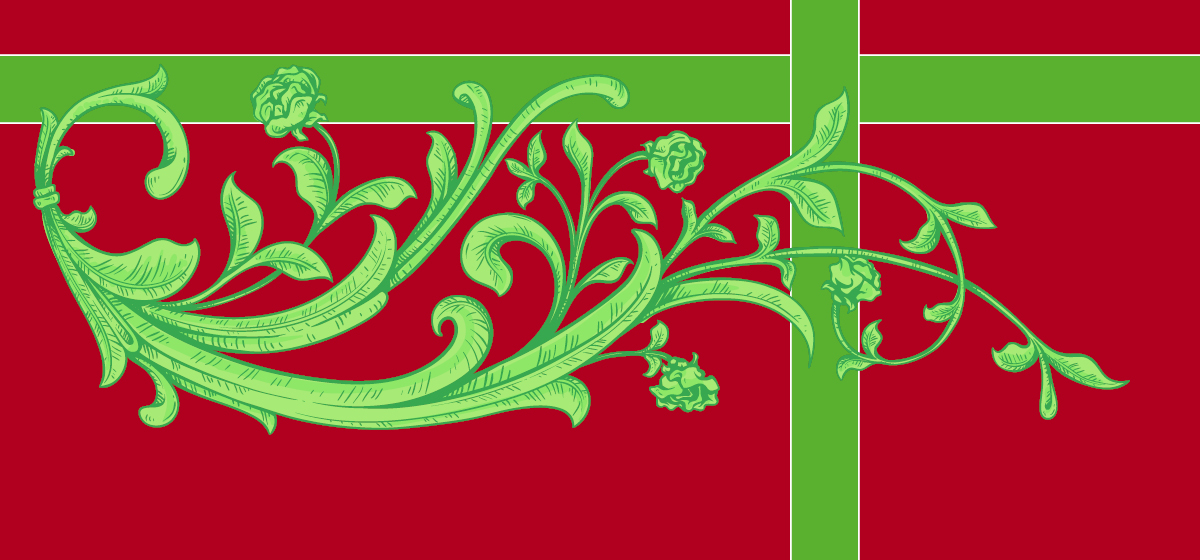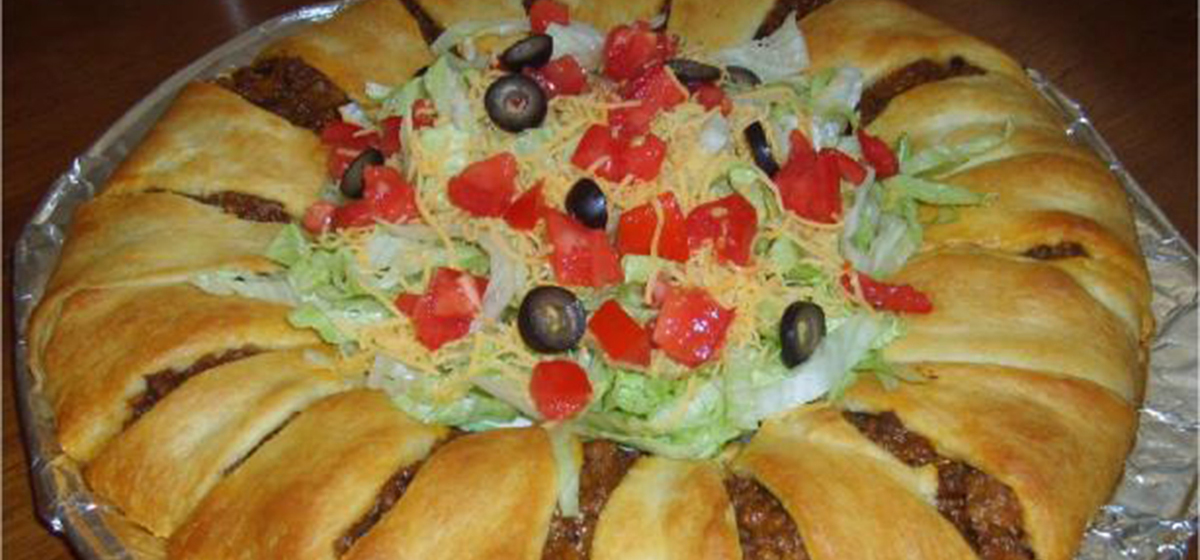 Photos by Kelly Sue Photography
Photos by Kelly Sue Photography
Meet James D. Janca (pronounced John-Cha), a uniquely spiritual man. He exhibits this through his craftsmanship and his creed. Born in Luling, Texas and now living in Conroe, Janca displays a powerful passion for working with wood. Blessed with truly gifted hands and a keen eye, his works of art have inspired multitudes. From humble beginnings, he has developed quite a reputation. From his decorative, yet usable bowls to the character of each and every handmade cross, Janca has become affectionately known as the East Texas “Cross Guy.”
 What do you look for when selecting the right tree for your work?
What do you look for when selecting the right tree for your work?I don’t cut live trees, but I look for trees that have mushrooms growing on them because of spalting. I learned that spalting really puts the character in the wood. So, the black streaks and all the other character you see in it is caused by this natural process. That’s always the first thing I look for—the character of the wood. I’ll go and find a tree and cut it into slabs. Then I’ll take it into my shop and lay out how I want a cross to look. After that, I cut it all out.
All over, everywhere. I have people call me all the time. Sometimes people call me and tell me they have a dead oak tree, and I’ll go get it. When they call, it’s all different types of wood.
 How did you learn how to do this?
How did you learn how to do this?About three years ago, a friend of mine told me to go look on Craig’s List. I got on it and found a guy selling a wood lathe for $200 bucks. I told my wife that I wanted to buy this wood lathe just to see if I could turn wood.
A long time ago, I used to make custom furniture. Well, I say a long time ago because I’m old. I’m 59. But I just turned 59 on May the 4th.
I made cabinets and just about anything. But I got out of the wood business. Later, I told my wife that I wanted a wood lathe. My two sons and my wife found someone who had one and surprised me on my birthday. I went to work and burned it up in six months. I got another one, and I’m looking for another one now—because you always have to be looking for something bigger and better.
 You don’t use a wood lathe for your famous crosses do you?
You don’t use a wood lathe for your famous crosses do you?No, the first thing I started making was candle stands. I’d make them and put candles on them. I’d go to little shows on the weekend, and that’s really how this all started. Someone else suggested I should make bowls. So I started turning bowls. They all start off as a block of wood. Then I put it in my wood lathe and turn it. So I started making these bowls and, shortly after that, I made a bowl for my daughter and started adding turquoise. I put it wherever there is a large wormhole or a large crack. It takes a while.
 What about the crosses you make?
What about the crosses you make?Well, this one here is made from hickory wood and, as you can feel, all my crosses are made of solid wood—you can feel how heavy they are. All are solid; nothing is processed or manufactured. My process goes something like this. One day, I’ll come home and cut all the slabs. The next day, I’ll lay out all the crosses and I’ll cut them. I like to call that my rough cut. The next day, I’ll come in and have to sand them down. After that, I go to the turquoise stage. Once I turquoise them, I let them dry, and I come back and sand them down again. After I finish sanding them, I take them and seal them. I like to use sand and sealer on them. Just about every cross gets probably about five coats on them.
Usually, yes. When I cut a log or when I think I know where I want to cut it. If it doesn’t look right, then I’ll turn it around, or I may have to cut it in a different direction.
 Why is that?
Why is that?I try to cut it so as to get most of the true character out of the wood. As you can see, this is true spalting, and this cut really brings out the true character of this wood. This particular type of wood for this cross is hackberry. It’s from the family of the elm tree; it’s real blond, or what I like to call light-colored wood. But when it spalts, it puts all the character you would normally expect to see in wood, like the dark streaks. They all take a while to make, and they are all hand-carved.
 What are some of the other things you make now?
What are some of the other things you make now?One day I was just tinkering around on the Internet. On this day, what you might call a segmented bowl came up. A segmented bowl is nothing more than a bunch of little blocks of wood that have been glued together into a ring, then you turn it. They can take quite a bit of time to make, but when you look at them, you can see this is one continuous ring.
I’m self-taught on Excel. I came up with my own formula that they call arguments. It tells me that, for instance, if I want a ring about ten inches and I want to put 20 pieces of wood in it—this program will tell me how long each piece of wood would need to be and at what angle I need to cut them in order to make the ring.
 What do you do next?
What do you do next?I then put them together with a rubber band as I’m doing it. But I’ll put them on my jig table and put rubber bands around these screws. I do that because, once you try and start gluing and putting them together, everything wants to try and move on you. Then I’ll take to my press and press it. Then I let it set for one hour.
 What happens then?
What happens then?I put it on my lathe and just surface the face of it until it’s good and flat. Then I put another ring on it. I can usually do about three rings in a day. Then I let it set overnight.
I started off with candle stands, then went to bowls and later segmented bowls, then crosses. Two years ago, I started looking at my culls and thought to myself that it looked like something. So I hand-cut my first cross. It took me two weeks. I didn’t know about sanding or anything. My youngest son told me that these will sell. I said, “Do you think so?” and he said yes. That’s been two years and 3,500 crosses ago. I still get orders for bowls, but I just don’t have the time to turn them anymore.
Robert Ernst at Ernst Jewelers in Huntsville; I’m in Fredericksburg at Auer Haus, Matagorda at Cattails and Zulees Market Street in The Woodlands.
I have just been blessed with the ability to have a vision of making something. It started in Fredericksburg. My wife and I were on a weekend trip. We went into this one store, and they had all these hanging crosses everywhere. I told her that I could make those. So she encouraged me. That’s how I think it really started. I lost my mother when I was only nine. We went back to Luling to attend my aunt’s funeral service and stopped by to visit my mother’s grave. I had forgotten all about it, but on my mother’s grave is a four and a half foot cross, and I thought to myself, “How ironic is that? Here is a cross on my mother’s tombstone, and now I make them.” I’m still amazed at how they turn out.



